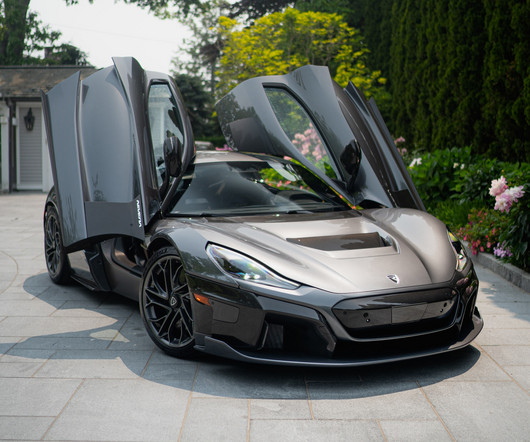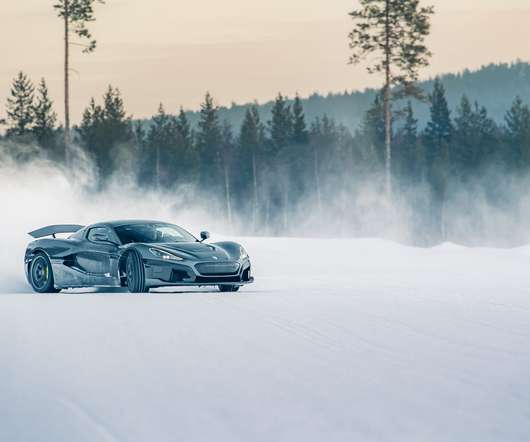Rimac delivers its first Nevera EV hypercar in the U.S.
Teslarati
JUNE 13, 2023
Limited to just 150 planned units, the Nevera is built by Rimac in Croatia at Bugatti-Rimac Headquarters. Video: The Rimac Nevera rips through the streets of Monaco The Nevera is currently the fastest production car with a top speed of 256 MPH, achieving 0-60 MPH in just 1.74












Let's personalize your content